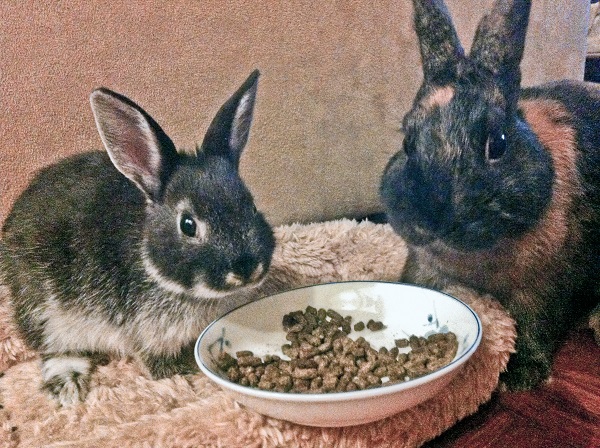Artists : LAM Tung Pang, Carol LEE, MAP Office, Cedric MARIDET, Angela SU, Yuk King TAN, TANG Kwok-hin, Kacey WONG, Adrian WONG, Trevor YEUNG
Curator: Caroline Ha Thuc
We tend to consider animals as a kind of global and undefined entity, an Absolute Otherness in which we can mirror ourselves and define human beings in a paradoxical gesture, claiming both difference and kinship with them. Therefore we usually exploit animals, asking them to speak for us to reflect our society, and to tackle political, social or moral issues. As an example, both Pliny and Plutarch have written about animals in terms of morality, highlighting their non-‐corrupted and wise nature, whilst fable makers of all throughout history, together with modern writers such as George Orwell have used animals in their works to say something about human nature or society in an indirect and yet forceful way. We imitate their rituals, rules, hierarchy or behaviour to serve our own human purposes, or magnify their beauty to glorify the splendour of nature.
Artists : LAM Tung Pang, Carol LEE, MAP Office, Cedric MARIDET, Angela SU, Yuk King TAN, TANG Kwok-hin, Kacey WONG, Adrian WONG, Trevor YEUNG
But what if they could speak for themselves? What if we could restore an equal communication with them and break down the barriers that separate them from us?
More than just representing animals, this exhibition deals precisely with the manifestation and rise of an individuality among animals: rabbits, crabs or birds are here claiming their own personality and cease to be seen as objects or abstract entities. The artists focus on their skills of expression, be they movements, dance or creativity, looking at that in their behaviour which makes them unique. They actually even question how these animals look at us, how they respond to us in their own language, trying to restore a long-‐lasting but now extinct relationship.
There is, no doubt, continuity between animals and humans. In many mythologies of antiquity, humans and animals used to live in harmony together. . In these existplenty of chimeric creatures half-‐human and half-‐animal together with animals that can communicate on a par with humanity. It could be said that the stuffed animal toys treasured by children in every part of the world today are an extension of these myths. We now know that chimpanzees and gorillas are our cousins, indeed the only thing that seems to separate us being an extreme domestication and strong habit of eating meat. . In the Old Testament, after the Flood, it is said that God blessed Noah and gave him the power to dominate every beast, plant and fish on earth. Since then, men are those who control animals. Western philosophy has almost all the time-‐denigrated animals. In the 18th century, one of the most famous naturalists, French Comte de Buffon wrote: “Man reigns and commands from the superiority of his nature: he thinks; and therefore he is master of all beings who are not endowed with his inestimable talent.”
From a radically different point of view, some eastern thinkers have located animals above humankind, belonging to acelestial domain. Chinese philosopher Zhuang Zhi (c. 370—c. 290 BC), for this reason, saw the human as inferior to the rest of creation.
Could a reconciliation become possible?
The solidarity between animals and humans still exists, be it for good or bad: recent epidemics have proven that viruses are shared between us and the more and more frequent disturbances of the ecosystem make us inevitably rethink our paradoxical relationships with animals.
Observing animals from their own points of view, ten Hong Kong artists are here offering the public the opportunity to discover fresh and alternative angles to look at animals. At the edge of a new geophysical era -‐”the Anthropocene”, this show is an attempt to achieve the consciously impossible and move away from our usual anthropocentricism.
Curator Caroline Ha Thuc
Caroline Ha Thuc is a French curator and art writer, writing for different magazines in France and Hong Kong. Moving between Hong Kong, Paris and Tokyo via Beijing, her path takes her to some of the world’s most innovative artists as she strives to understand their works and their connections to society.
Her book Contemporary Art in Hong Kong provides essential keys to apprehend the city’s vibrant contemporary
landscape and exposes the countless links between history, culture and identity.
Caroline Ha Thuc just published in France a book on Mainland Chinese art and about its new trends in art practices (After 2000: Contemporary Art In China, to be also released in Chinese language in Autumn 2014).
